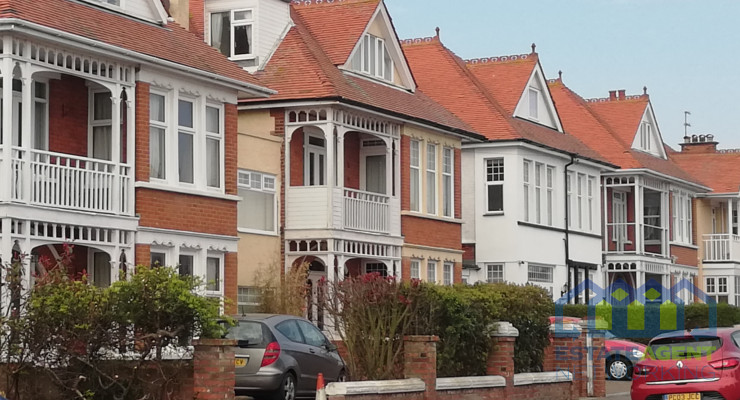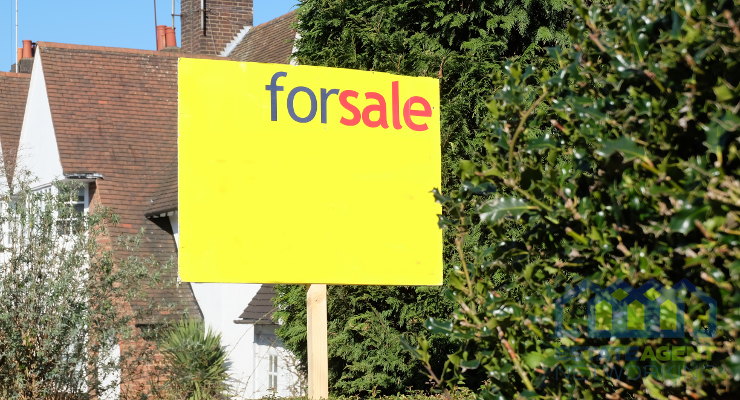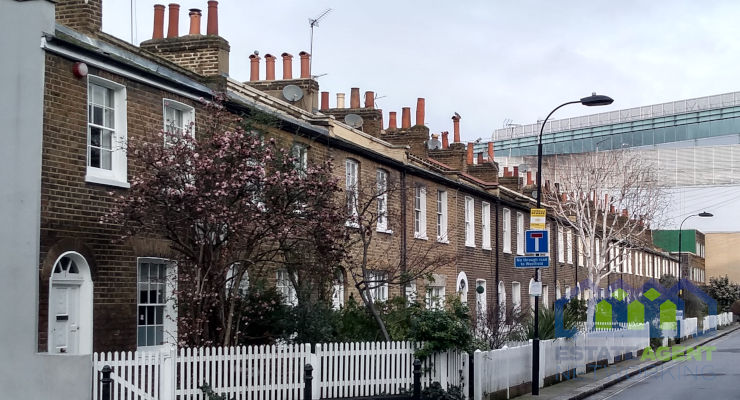Property in the South East: Sound investment or money pit?
The affordability of homes in the South East of England has always been concerning, with only London overshadowing the soaring house values across the area. However, as Brexit threatens to deflate (if not burst) the bubble of London property prices, the attention of buyers has wandered to further afield to see if their money could be better spent elsewhere.
Why choose the South East?
Rural estates, pretty towns and coastal life is readily available across Hampshire, Surrey, Sussex and Kent. The counties have historical connections to wealth and prestige, and being satellite areas to the capital means that they continue to be in high-demand, boosting prices further. As a result, it might seem like anyone that has been priced out of property in London (or simply doesn’t want to take the risk of plummeting values post-Brexit), could find an attractive deal here.
How does the South East compare with London?
According to Rightmove, the average sale price in the South East over the last 12 months was £395,193. Terraced homes made up the majority of sales, selling for an average of £341,080. You only need to see the average sale price in London over the same period (£627,818) to realise why property investment in the southern Home Counties might look appealing. Don’t be entirely fooled, though. Of the most expensive locations to buy a home outside of London, almost all of them are found in the South East.
Although the average sale price has dropped slightly over the course of the year, the South East has historically held value very well, encouraging investors to look at the long-term picture. Plus, the proximity to London and high quality of life in general means that rental yields remain strong (average of £699 per week).
What are the risks with buying a property in the South East?
At the moment, house values are uncertain. Asking prices in many areas aren’t being met and it’s unclear how long this downward trend will continue. Where is the cut off point between getting a good deal and risking serious negative equity? It usually depends on how long you can afford to wait-out the market.
The current affordability issues and questionable future of property values means that a lot of potential buyers are staying put instead of risking their savings. It means that there might be less competition out there, but buyers are nervous too.
Why might property in the South East be a wise investment?
As we’ve mentioned, property in the South East of England tends to hold its value well, even if the market is currently looking shaky. Although prices are currently falling, it’s really not by the dramatic amounts that headlines would have you believe. With limited development space due to green belt restriction, the demand is only going to increase while supply is stifled.
This is particularly apparent in hubs of young professionals. In Brighton, for example, The Property Pod comments that house sales have slowed, but the rental market is buoyant for properties that are competitively priced. If you can afford to get on the property ladder here, playing the long game here and investing in a buy-to-let could potentially be very lucrative.
How can you make the best choice?
As with any property investment, it comes down to weighing up the potential risks and how prepared you are to weather them financially. Can you afford to wait until after Brexit? Are you happy to take a short-term hit for a long-term gain?
A key message across the industry is to understand what you’re buying. Professional valuations – rather than simply estate agent sales pitches – inform you about a property’s current market value so you can make an educated offer or negotiation. Property surveyors at Carter Fielding comment that commissioning a survey report is increasingly important, so you’re aware of any drawbacks or defects before purchase. If you decide that buying a property before values stabilise (or jump back up) is the right move, the last thing you want to add to the bill is a large repair cost.









